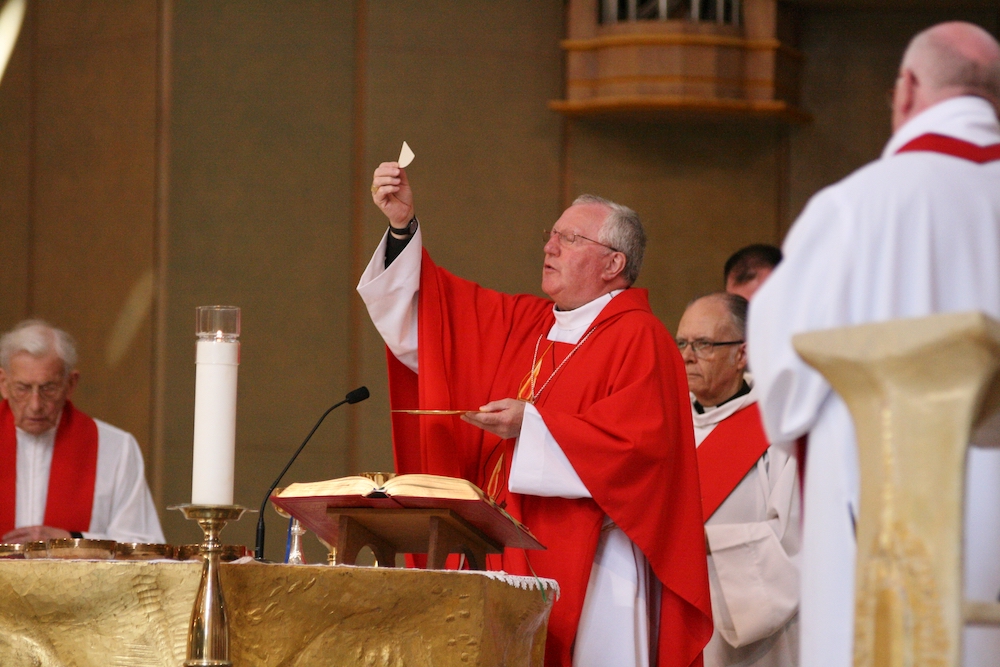As I visit our schools in the diocese, it is very evident that much is being debated and done about Climate Change. So, I was surprised to see in a report from back in 2022 which I was recently re-reading, which said that 67% of KS3 (Key Stage 3) pupils in Catholic secondary schools have not heard of Pope Francis’ encyclical letter Laudato Si. Yet at the same time, 86% of KS3 students were concerned about climate change – 13% extremely, 38% slightly, 35% somewhat. Students showed a range of emotions from anger and frustration to confusion. One of the main purposes of the report was to provide a Laudato Si Champions’ toolkit to increase student’s confidence in understanding climate change and to help them to be more strongly convinced that their actions contribute to addressing climate change.
The report goes on to say:
The active participation of young people in addressing climate change, the ecological crisis, and its related issues is a crucial concern of Pope Francis’ encyclical letter, Laudato Si’. Francis emphasises how “we are faced with an educational challenge” as more young people develop “a new ecological sensitivity” while having “grown up in a milieu of extreme consumerism”. Though this call to action makes sustainability essential for the Catholic education sector, the challenge remains for how educators engage young people in Laudato Si’’s message and related Catholic teachings. Existing student anxieties and attitudes surrounding climate change, alongside sector-wide pressures of attainment, finance, and prioritisation can make ecological education demanding to facilitate.
I strongly recommend that all our schools should take advantage of the Laudato Si’ Champions’ toolkit. It can positively motivate our students to take ecologically conscious action in their school communities. With the support of their teachers, they can begin to ask deep and searching questions which in turn make young people’s ecological education part of their local and regional faith community’s ecological spirituality. One question that might be asked is, “How green are the energy sources that are employed in our school?” And then see where the truthful answers to these questions take us.

